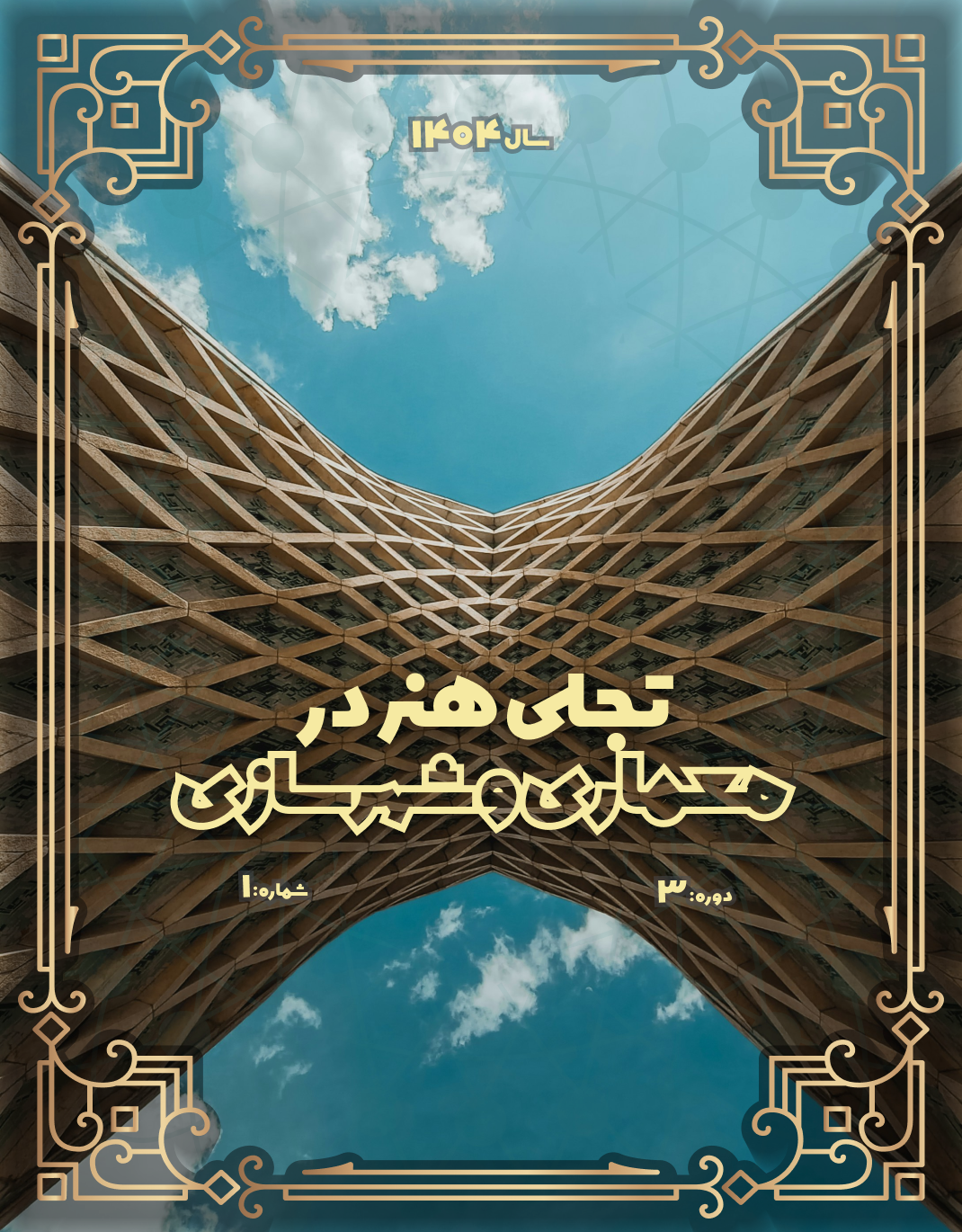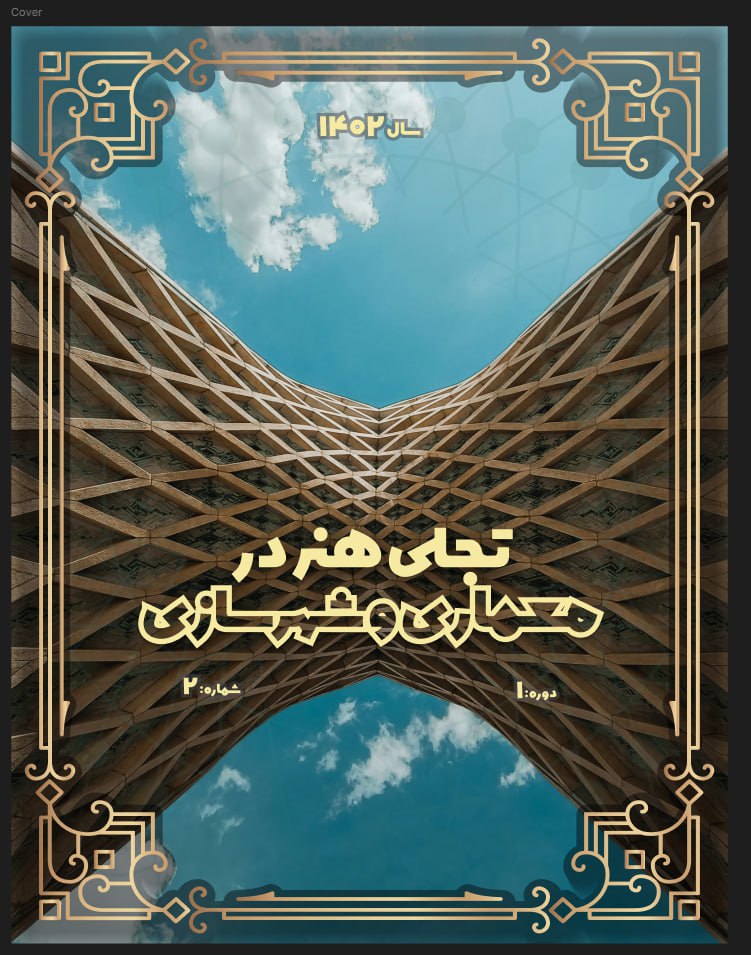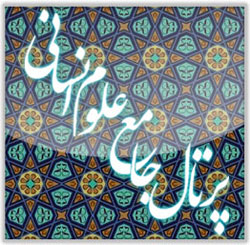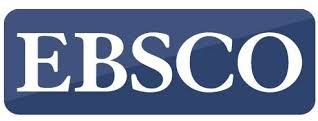Key Elements in the Design and Construction of Urban Sports Landmarks
Keywords:
Sports element, health and wellness, qualitative researchAbstract
An urban landmark is a sculptural composite that integrates internal features of volumes and geometric forms into a unified and cohesive whole. This composition possesses a stable and aesthetically pleasing geometric and balanced structure such that, once displayed in the urban landscape, it captures attention and engages the minds of citizens. Over time, it becomes a symbolic identifier for that urban area, forming a distinctive urban feature. Upon hearing the name of the area, the mind unconsciously attempts to visualize its defining characteristics. One of the significant contemporary global phenomena that influences public vitality, joy, and health is sports and its associated products. This aspect has been increasingly considered in urban space design, where efforts have been made to enhance vibrancy, liveliness, and the promotion of sports culture, as well as to attribute identity to sports venues through the design and installation of urban sports landmarks. The present research is qualitative in nature and is conducted through an in-depth and analytical study. It utilizes a combination of macro-level document analysis, comparative studies of sports symbols and landmarks in selected countries, and in-depth interviews with art experts and sports specialists. The Delphi technique and coding method were applied in the data analysis. The key elements were extracted using a thematic approach and derived through an analytical-inferential method. The findings revealed that in the design and form of urban sports landmarks, conceptual identity, spatial identity, historical identity, and visual-spatial identity are among the most critical components. Furthermore, attributes such as vibrancy, aesthetic appeal, emotional resonance, cultural uniqueness, and semantic depth are reflected in these landmarks. These features can significantly contribute to the development of public sports participation among citizens.
Downloads
References
1. Behzadfar M. City Identity: A Look at the Identity of Tehran City. Tehran: Nashr-e Shahr Institute; 2012.
2. Bazrgar MR. Investigating the Role of Urban Elements in Strengthening Physical Identity; Case Study of Shiraz. Journal of Research and Urban Planning. 2017;8(30).
3. Lang J. Urban Design: A Typology of Procedures and Products. Tehran: Tehran University; 2007.
4. Appleyard D. Streets can Kill Cities: Third World Beware2002. 73-83 p.
5. Chris S, Ffion T. From pitch to plinth: documenting the UK’s football statuary. Sculpture Journal. 2013.
6. Luke H. "The Art of Football: Visual Culture and the Beautiful Game, 1992-2016" 2016.
7. Stride CB, Vandenberg L. 'The art of face-saving and culture-changing: sculpting Chinese football's past, present and future'. Sport In Society. 2018.
8. Afroozeh MSAD. Identifying the Ethical Components of Iranian Wrestlers. Research in Educational Sports. 2020;8(19):141-62.
9. Ebrahimi H. Comparative Study of Urban Sports Symbols in Iran and Selected Countries 2024.
10. Glanz K, Rimer B, Viswanath K, sojung k. Health behavior: theory, research and practice Trends in Olympic Pictograph Design: A comparative study using Olympic Games' Sports Symbols. San Francisco: Wiley Publishers; 2015.
11. Noorbala A, Nemani F, Yahyavi Dizaj J, Anvari S, Mahmoudpourazari M. The Disease Burden of Mental Disorders: A Study of Middle Eastern Countries During the Period 2000-2017. Scientific Journal of the Iranian Medical Council. 2020;38(1):19-26.
12. Smith C, editor Achieving the Unachievable: the Male Athletic in Hellenistic and Roman Art. The Australasian Society for Classical Studies Annual Conference; 2020; Dunedin, New Zealand.
13. Ma L, editor Development of China's urban leisure sports and existing Problems. International Conference on Informatization in Education, Management and Business (IEMB 2014); 2014.
14. Huan X. The Evolution of Urban Society and Social Changes in Sports, The economic reform was aimed at creating market institutions and converting the economy from an administratively driven command economy to a price-driven market economy Participation at the Grassroots in China. 2013.
15. Mahbout MR. The Impact of Urban Elements on the Identity of Urban Space. Journal of Architecture, Urban Planning, and Sustainable Development. 2014.
16. Osmond G, Phillips MG, O'Neill M. 'Putting up Your Dukes': Statues, Social Memory and Duke Paoa Kahanamoku. International Journal of the History of Sport. 2006;23(1):82-103.
17. Schultz J. 'Contesting the Master Narrative: The Arthur Ashe Statue and Monument Avenue in Richmond, Virginia.'. The International Journal of the History of Sport. 2011;28(8).
18. Rezaei F, Abbasi H, Moradi H. The Role of Symbols and Urban Elements in the Development of Tourism in Khorramabad. Geographical Studies Quarterly. 2021;2(1):125.
19. Keshkar S. The Application of Visual Signs of Sports and Physical Activity as a Tool for Promoting Sports in Television Series in Iran and Turkey. Scientific Quarterly of Advocacy, Management, and Sports Marketing. 2020;1(4).
20. Mostafavi S. Explaining the Place of Urban Signs in Preserving and Promoting Attachment to Place with Emphasis on Citizens' Mental Image. Journal of Urban Planning and Geography Research. 2018;6(2).
21. Salehi S. Examination and Recognition of Types and Characteristics of Urban Elements. Journal of New Approaches in Islamic Studies. 2020;5.
22. Fischer CT. Qualitative research methods for psychologists: introduction to empirical studiesCY - California: Academic Press; 2006.
23. Holloway I, Wheeler S. Qualitative research in nursing and healthcare. New York: John Wiley & Sons; 2013.
24. Mansourian Y. Seventy Practical Points in Designing and Implementing Qualitative Research. Journal of Information, Communication, and Knowledge Studies. 2012;15(8):68-75.
25. Hariri N. Focus Group as Qualitative Research2015. 161-6 p.
26. Bagheri K. Approaches and Research Methods in the Philosophy of Education. Tehran: Research Institute for Cultural and Social Studies; 2010.
27. Papakonstantinou Z. The Athletic Body in Classical Athens: Literary and Historical Perspectives. The International Journal of the History of Sport. 2012;29(12):1657-68.
Downloads
Published
Submitted
Revised
Accepted
Issue
Section
License
Copyright (c) 2025 Hassan Ebrahimi; Gholamali Karegar, Habib Honari, Sara Keshkar (Author)

This work is licensed under a Creative Commons Attribution-NonCommercial 4.0 International License.










